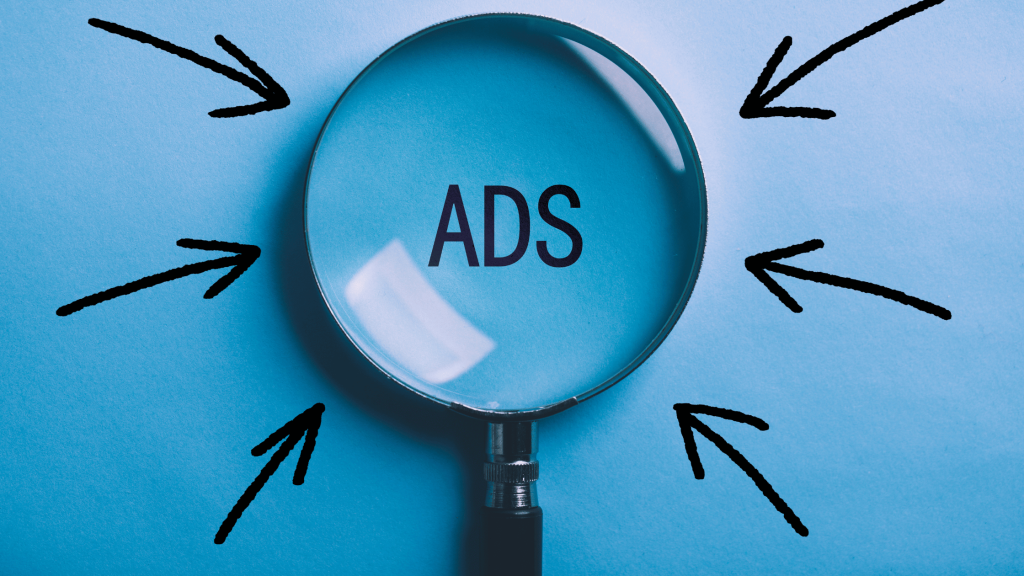|
Listen to Post
|
Listen to this article now:
You don’t have to be a huge corporation to take your business international anymore. Thanks to the digital revolution, you, too, can venture into new markets and tap into diverse customer bases from all corners of the world.
The potential benefits are significant, but it’s important to acknowledge there are also real and significant challenges that need to be addressed. One such challenge is ensuring your marketing messages resonate effectively across different cultures, languages, and geographical boundaries. This is where the art and science of localizing your ads come into play.

Reaching Global Audiences with Paid Advertising
Imagine this: Your business—once confined within the physical borders of your locality—now has the opportunity to speak to audiences thousands of miles away. Digital marketing has removed many barriers to entry, enabling you to target and reach consumers in markets you once considered untouchable. The prospect is exhilarating. But here’s the catch—entering a new market is one thing; making a lasting impression is another ball game entirely.
You’ve crafted compelling ad campaigns and fine-tuned your marketing messages and you’re ready to unleash them into these new territories. But, without proper localization, your messages could fall flat or, worse, be misunderstood.
Cultural nuances, language intricacies, and regional preferences can turn a well-intentioned ad campaign into a misstep, leading not to the embrace of a new audience but to the cold shoulder of miscommunication and missed opportunities.

What Does It Mean to Localize Ads?
Localization goes beyond simple translation. It’s not just about converting your content into the native language of your target audience but tailoring your message to resonate culturally and emotionally.
Think of it as a bridge, a connection that ensures that the heart of your message beats in sync with the values, expectations, and sentiments of diverse audiences.
When you localize ads, you’re not just speaking the language; you’re embodying the culture. It involves adjusting language choice, imagery, video content, and even color schemes to align with the cultural norms and expectations of each specific audience. It extends an invitation, an offering that says, “We understand you, we value you, and we speak your language.”
What’s more, localizing ads is a gesture of respect and acknowledgment that can transform a generic marketing campaign into a personalized experience. And in today’s competitive global market, where consumers are bombarded with endless content, standing out means acknowledging your audience’s unique identities and respecting their cultural customs.
In short, to localize is to humanize, and this human touch can be your competitive edge.

How to Localize Ads: Your Quick Step-by-Step Guide
Venturing into the international market is exciting but comes with its set of challenges. One key element to nail is the localization of your ads.
This isn’t a one-size-fits-all task; it’s an art that requires precision, insight, and a keen understanding of diverse cultures. Here’s your step-by-step guide to get it right.
Step 1: Embrace Flexibility with Content
Break free from the confines of your original ad copy. It worked wonders in your local market, but crossing borders means adapting to new cultural terrains. Don’t just translate—transcreate. Adjust the content, align it with the cultural nuances, and evoke the intended emotional responses, even if that means cutting a favorite phrase or clever metaphor.
Step 2: Leverage Design and Layout
Your visuals aren’t just eye candy; they are communication tools. Assess and adapt the imagery and layout to remove or divert attention away from concepts that might not translate across cultures. Ensure your visuals speak the universal language of connection.
Step 3: Pay Attention to Details
Dates, currencies, and time formats—these little elements, if overlooked, can spell a disconnect. Every detail should scream, “this ad was crafted just for you.” The meticulous attention to the specifics transforms a generic ad into a personalized call to action.
Step 4: Involve Local Experts
Beyond translation, the messaging of your ad must resonate with the locals. Get feedback from experts ingrained in the target culture. They’ll evaluate your content’s emotional and cultural efficacy, ensuring your message doesn’t just touch the surface but genuinely resonates.

Localize Ads Across Mediums
Video:
Respect cultural taboos and align with the visual language of your target market. Assess whether to dub or use subtitles, as preferences vary globally. The objective is to create a visual narrative that feels homegrown—not foreign.
Digital Advertising:
In the world of digital ads, space is premium and every word counts. Align your copy and design harmoniously, ensuring each word is carefully selected to amplify your message. International SEO should not be an afterthought.
- Keyword research: Tailor your keywords to cater to the specific search behaviors and terms used by each international audience. It’s not a one-size-fits-all scenario; localize keyword strategy for optimal reach.
- Website localization: Ensure your website is adapted for different languages and regions, not just in terms of translation but also in alignment with cultural norms, to enhance user experience and search visibility.
- Link building: Focus on acquiring backlinks from popular and authoritative websites within each target region to boost domain authority and improve search engine rankings locally.
Social:
Social ads are your ticket to intimate engagements with your audience. These platforms offer segmented targeting, allowing your well-localized ads to reach specific audiences:
- Geographic location: Target ads to specific countries, states, cities, or defined areas.
- Demographics: Aim at certain age groups, genders, education levels, marital statuses, etc.
- Interests and behaviors: Reach users based on their hobbies, likes, and activities.
- Language: Customize ads for speakers of specific languages.
- Device type: Tailor ads to smartphone, tablet, or desktop users.
- Custom audiences: Use email lists or user IDs to re-engage existing customers or leads.
- Lookalike/Similar Audiences: Target individuals similar to your current audience in characteristics and behaviors.

Consider a Localization Partner
In advertising, marketing and localization are two partners that dance in unison. They are interdependent, each one amplifying the effectiveness of the other.
A skilled localization partner does more than just translate your content—they infuse it with the cultural and emotional nuances essential for connecting with international audiences. It’s about crafting messages that transcend linguistic barriers and foster a global brand connection.
Take the Leap
Ready to transform your globally ambitious brand into a locally adored name in every market? Get in touch, and let’s start localizing your ads today.
Watch your brand’s story unfold in languages and narratives as diverse as the markets you’re set to conquer.
The world is waiting—step in.








